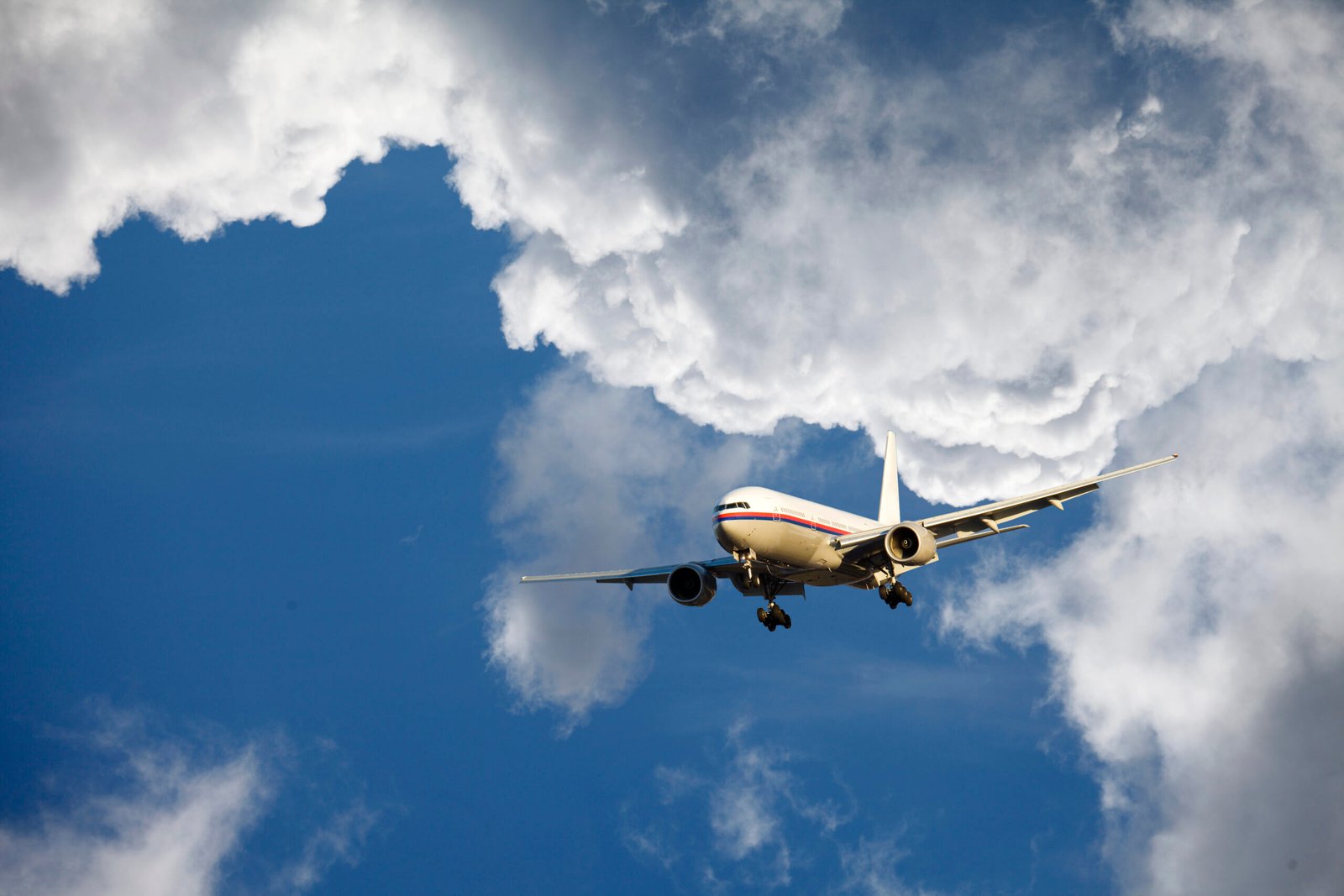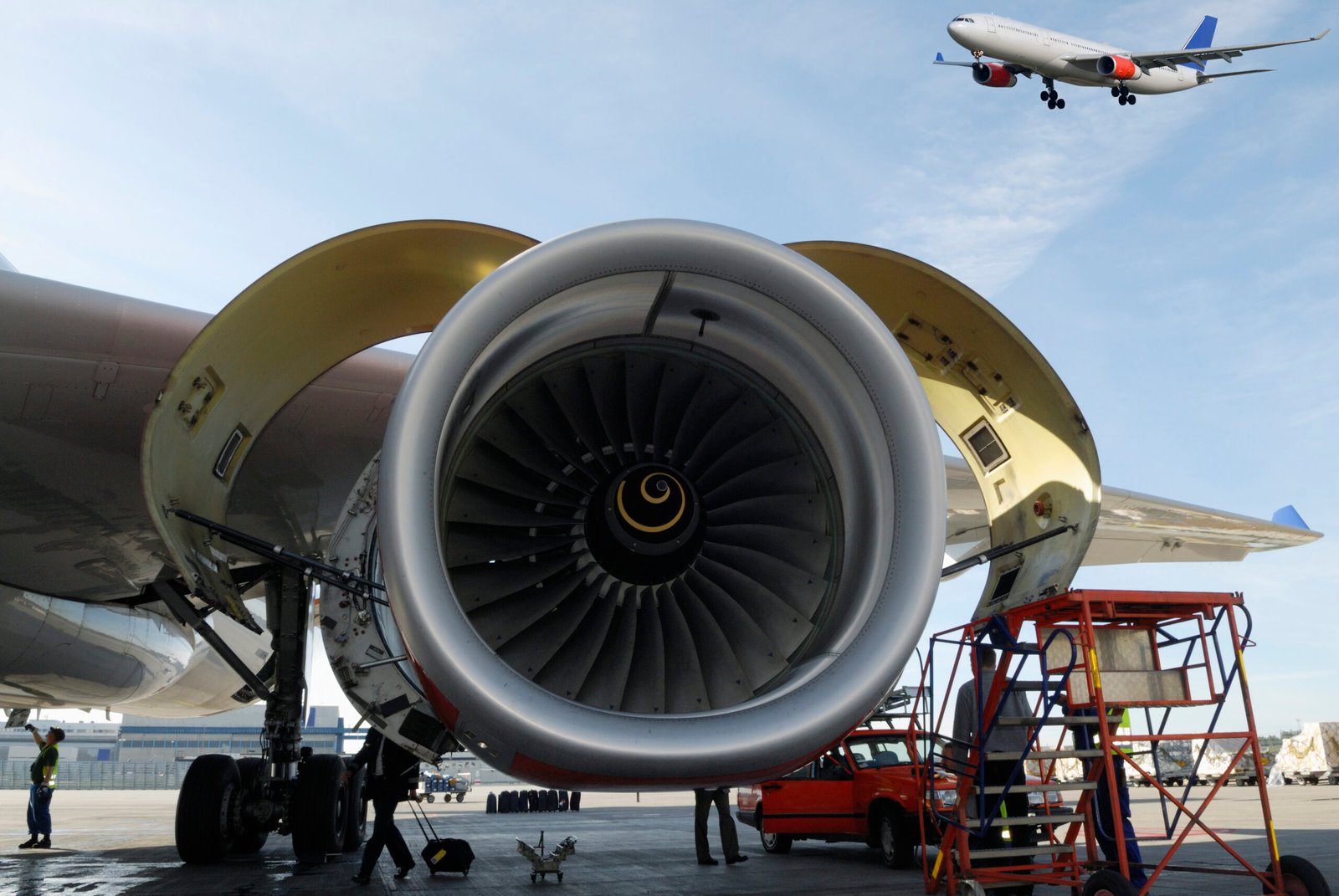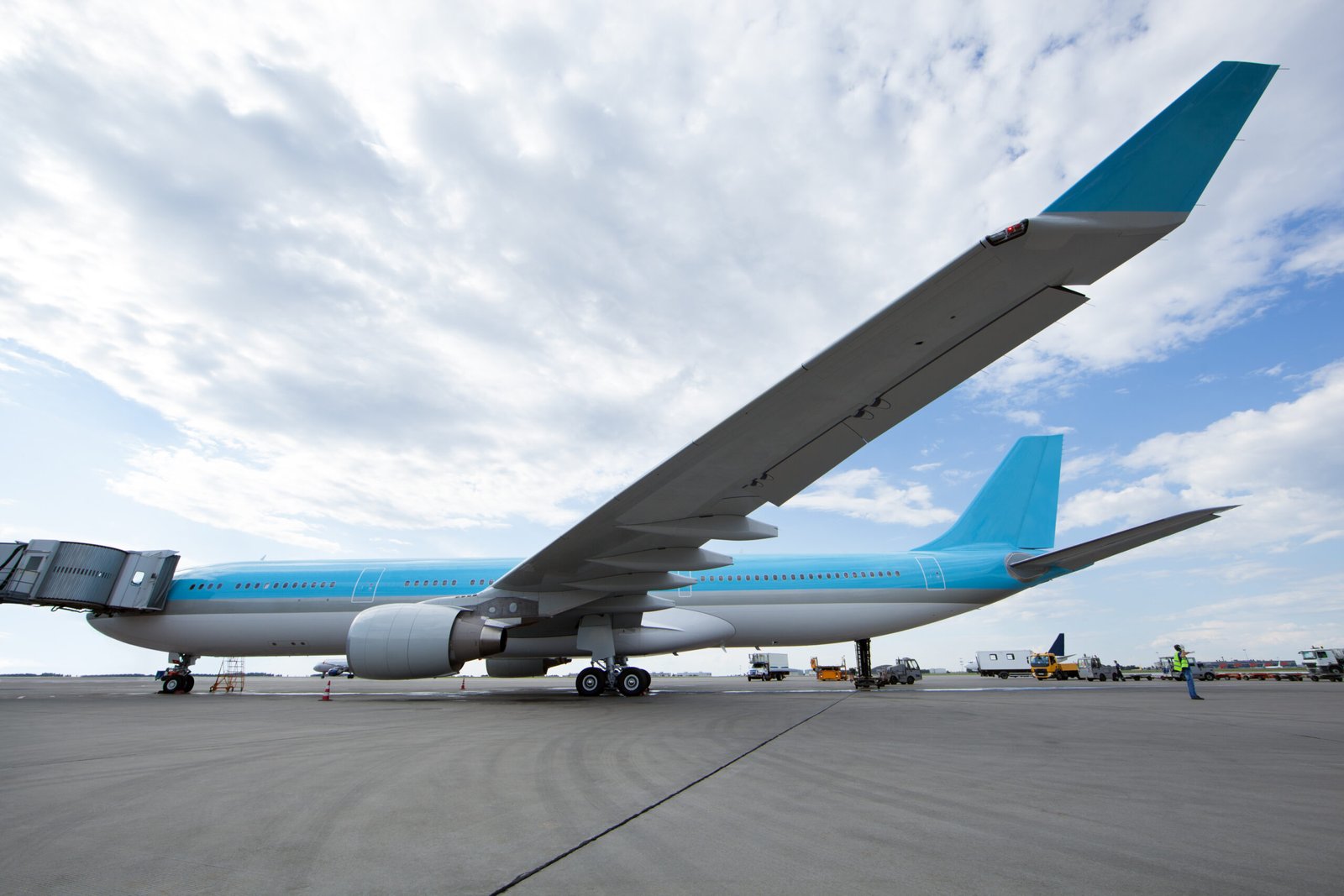airline pilot
From Runway to Cloud: The Journey of an Airline Pilot
Becoming an airline pilot is a dream that dances in the minds of many aviation enthusiasts. But the journey from runway to cloud is paved with rigorous training, education, and passion. Let’s explore the diverse educational paths available for aspiring pilots, valuable online resources, and the critical role of FAA-approved flight schools.
*Aviation Schools by Types of Courses**
When it comes to pursuing a career in aviation, the choices can be overwhelming. Aviation schools offer various courses catering to different aspirations within the field:
1. **Private Pilot License (PPL) Programs:** These courses introduce students to fundamental flight principles, including navigation and aircraft operations. Ideal for those who want to fly recreationally or gain foundational skills.
2. **Commercial Pilot License (CPL) Courses:** For those aiming to make flying their profession, CPL programs dive deeper into advanced flying techniques, regulations, and flight planning.
3. **Airline Transport Pilot (ATP) Certification:** This is often regarded as the pinnacle of pilot certifications. ATP courses prepare candidates for positions with airlines and cover extensive knowledge on multi-engine operations and complex aircraft systems.
4. **Flight Instructor Ratings:** Many pilots choose to become Certified Flight Instructors (CFI) after obtaining their CPL or ATP credentials. This path allows them not only to gain hours but also share their passion for flying with future aviators.
5. **Specialized Training Programs:** These include courses on specific aircraft types or advanced maneuvers such as aerobatics or bush flying—perfect for those looking to specialize further.
*A List of Aviation Blogs, Websites, and Social Media Sites**
In this digital age, staying informed about trends in aviation is easier than ever! Here are some must-follow blogs and websites:
**Airline Reporter:** This blog covers airline news with a focus on technology and travel experiences.
**AvWeb:** A comprehensive source for aviation news that includes articles on safety issues and industry updates.
**Flying Magazine:** A well-respected publication that offers insights into pilot training, aircraft reviews, and real-life flying stories.
For social media enthusiasts:
**Instagram (@aviationdaily):** Follow stunning aerial photography showcasing breathtaking views from above.
**Twitter (@airlinepilotlife):** Tweets from airline pilots sharing day-to-day experiences in the cockpit.
**YouTube Channels like “Captain Joe” provide educational content alongside entertaining vlogs about life as a pilot.
*FAA Flight Schools/Airplane Schools/Simulators**
Navigating through your choices requires attention when selecting an FAA-approved flight school. These institutions adhere strictly to federal regulations ensuring high training standards:
**Part 61 vs Part 141 Schools:** Part 61 schools offer more flexible schedules tailored for working individuals while Part 141 schools provide structured curriculums ideal for full-time students aiming at quicker completion times.
**Simulator Training Facilities:** With advancements in technology, many flight schools incorporate advanced flight simulators into their curricula. Simulators allow students to practice emergency procedures safely without leaving the ground—an invaluable part of modern pilot training.
As you embark on this fascinating journey toward becoming an airline pilot—from mastering theoretical knowledge at a classroom desk to soaring through clouds—it’s essential to immerse yourself fully in both educational resources and community connections within aviation circles. Each step taken builds towards that exhilarating moment when you take control of an aircraft destined for horizons unknown!

Behind the Scenes of Aviation: A Day in the Life of an Airline Pilot
Ever wondered what it’s like to soar through the sky as an airline pilot? The journey begins long before takeoff, often in aviation schools where aspiring pilots gain essential knowledge and skills. These institutions offer a variety of courses tailored to different aspects of aviation. For instance, flight training can be divided into several key areas: private pilot training, instrument rating, commercial pilot certification, and airline transport pilot (ATP) preparation. Each course builds on the last, creating a comprehensive path toward a successful career in aviation.
Private pilot courses focus on foundational flying skills and regulations, allowing students to command small aircraft. As they progress to instrument ratings, they delve deeper into navigation and flying under various weather conditions. The commercial pilot course elevates students from recreational flying to professional standards, while ATP programs sharpen their skills for handling larger aircraft that operate in commercial airspace.
Once equipped with knowledge from these schools, many pilots turn to various online resources for continued learning and community engagement. Blogs and websites dedicated to aviation offer insights into industry trends, personal experiences, and technical advice that can prove invaluable. Some popular sites include Airliners.net for photography enthusiasts and Plane & Pilot Magazine for detailed articles covering everything from technical innovations to safety tips.
Social media platforms have also become vital tools for networking among pilots. Twitter hosts lively discussions about current events affecting aviation; Instagram showcases stunning aerial shots; LinkedIn connects professionals across the industry. Facebook groups create tight-knit communities where members share stories or seek advice—an excellent way for new pilots to learn from seasoned veterans.

However, education doesn’t stop at traditional classroom settings or online forums; FAA-certified flight schools play a significant role in shaping future aviators. These institutions provide hands-on training with experienced instructors who guide students through every aspect of flying—from pre-flight checks to landing procedures. Schools like Embry-Riddle Aeronautical University or Purdue University are renowned for their rigorous programs that emphasize both theoretical knowledge and practical application.
Simulators are another essential component of modern flight training. They allow students to practice various scenarios without leaving the ground—perfectly safe yet incredibly realistic environments where they can hone their skills under pressure. Whether it’s dealing with engine failure or navigating adverse weather conditions, simulators prepare pilots mentally for real-world challenges before they step into the cockpit of an actual aircraft.

As dawn breaks on a typical day in the life of an airline pilot, excitement fills the air—both literally and figuratively! After arriving at the airport early in the morning, pilots conduct thorough pre-flight checks alongside ground crew members. This meticulous attention ensures that every detail is accounted for before embarking on flights that may span thousands of miles.
The cockpit becomes their second home as they communicate with air traffic control while navigating complex routes above bustling cities and sprawling landscapes below them. Every landing represents not just a physical return but also an emotional one—a moment when dedication meets passion high above the clouds.
In conclusion, becoming an airline pilot involves much more than simply sitting behind controls; it requires extensive education through aviation schools offering diverse courses alongside invaluable resources available online today.
With commitment coupled with exploration within this dynamic field—the sky truly is not just a limit but rather a boundless horizon waiting to be discovered!
Behind the Cockpit: A Day in the Life of an Airline Pilot
Ever wondered what it’s like to soar through the skies, commanding a massive airplane and ensuring hundreds of passengers arrive at their destinations safely? Being an airline pilot is not just a job; it’s a passion that requires extensive training, dedication, and skill. Let’s take you behind the scenes and explore what it takes to become a pilot, including aviation schools, useful resources, and the indispensable role of FAA-approved training programs.
*Aviation Schools: Navigating Your Path**
The journey to becoming an airline pilot often begins with formal education. Aviation schools offer various types of courses tailored for aspiring pilots. Generally, these can be categorized into:
1. **Degree Programs:** Many universities provide bachelor’s degrees in aviation science or aeronautical engineering. These programs encompass flight training along with essential coursework in subjects like meteorology and navigation.
2. **Certificate Programs:** For those looking for a quicker route into the cockpit, certificate programs focus specifically on the required flight hours and practical skills needed for obtaining private or commercial pilot licenses.
3. **Accelerated Flight Schools:** Ideal for individuals eager to fast-track their careers, these schools offer intensive flight training designed to equip students with everything they need within months.
4. **Online Courses:** Some institutions have begun offering online modules covering theoretical aspects of aviation—perfect for those balancing work or other commitments alongside their studies.
Choosing the right path depends on personal goals and timelines but rest assured that each type offers vital insights into aviation fundamentals.
*Resources You Can Rely On**
In today’s digital age, staying informed is crucial. Fortunately, numerous blogs and websites cater to both novice enthusiasts and seasoned professionals alike:
**AirlinePilotCentral.com**: A comprehensive resource that provides information about airlines’ hiring trends along with forums where pilots share experiences.
**Flying Magazine**: This publication delivers articles about flying techniques, safety tips, and reviews on new aircraft—all invaluable for any aspiring aviator.
**Piper Aviators Blog**: Dedicated to sharing tales from fellow pilots along with tips on maintaining planes—an excellent read for hands-on learners.
Social media platforms also serve as vibrant communities where pilots connect:
Follow hashtags like #PilotLife or #AviationDaily on Instagram to catch stunning aerial shots while learning from industry veterans.
Join Facebook groups such as “Aviation Enthusiasts” or “Future Pilots” where members share advice and opportunities related to flight training.
*FAA Flight Schools & Simulators**
The Federal Aviation Administration (FAA) plays a pivotal role in regulating flight training standards in America. FAA-approved flight schools are essential for anyone serious about becoming an airline pilot—they adhere strictly to safety regulations while providing high-quality instruction.
These schools often boast advanced simulators that replicate real flying conditions without leaving the ground! These state-of-the-art devices allow trainees to practice maneuvers they might encounter during actual flights—perfecting everything from emergency procedures to navigation techniques without putting anyone at risk.
As your day unfolds behind the cockpit—from pre-flight checks through cruising altitude—you’ll realize that every moment spent learning contributes toward achieving your dream of commanding an aircraft. Embrace this exciting journey filled with challenges but equally rewarding milestones; after all, adventure awaits just beyond the horizon!

Flight Secrets: Inside the Life of an Airline Pilot
Ever gazed up at a soaring aircraft and wondered what it takes to be the one in command? The life of an airline pilot is a blend of exhilaration, responsibility, and continuous learning. However, before donning those aviator sunglasses and striding into the cockpit, aspiring pilots must navigate through an array of aviation schools, training programs, and resources that provide the foundation for their careers.

## Aviation Schools and Courses
Aviation education is not a one-size-fits-all endeavor; it varies significantly depending on individual goals. Here’s a breakdown of some popular types of courses offered:
1. **Private Pilot License (PPL)**: This fundamental course introduces flying basics. Ideal for hobbyists or those wanting to fly small aircraft.
2. **Commercial Pilot License (CPL)**: Once you’ve mastered your PPL, this course prepares you for a professional career in aviation, allowing you to get paid for your flying skills.
3. **Instrument Rating**: Essential for flying in various weather conditions, this training focuses on navigation using instruments rather than visual cues.
4. **Flight Instructor Certificate**: After gaining experience, many pilots choose to instruct others—this certification allows you to teach aspiring pilots.
5. **Airline Transport Pilot (ATP)**: The pinnacle of pilot training, ATP certification opens doors to airline jobs and requires extensive flying hours along with rigorous testing.
Each institution offers unique programs tailored to different needs; hence research is crucial when selecting an aviation school that aligns with your aspirations.
## Aviation Resources Online
In today’s digital age, connecting with fellow aviation enthusiasts or experts has never been easier! Here’s a curated list of engaging blogs, websites, and social media platforms dedicated to aviation:
**Airliner Cafe**: A vibrant forum where aviation lovers discuss everything from aircraft design to flight experiences.
**The Points Guy**: A blog focused on maximizing travel rewards—perfect for pilots looking to make the most out of their layovers!
**JetWhine**: A mix of opinions and news about current trends in aviation—the perfect resource for keeping informed on industry changes.
**Aviation Week Network**: Comprehensive coverage on aerospace technology and defense—a go-to site for industry professionals seeking cutting-edge information.
**Instagram & Twitter Accounts** like @PilotLife and @AviationGeeks offer daily doses of stunning aerial photography alongside insights from seasoned pilots.
These resources foster community engagement while providing invaluable knowledge about the intricacies of flying.
## FAA Flight Schools & Simulators
The Federal Aviation Administration (FAA) plays a vital role in certifying flight schools across the United States. When choosing an FAA-approved school, look for institutions that utilize advanced simulators along with real-world flight experience. These facilities provide immersive environments that replicate actual cockpit scenarios—an essential tool for honing skills without leaving the ground!
A few notable FAA-certified flight schools include:
**Embry-Riddle Aeronautical University**: Renowned globally for its aviation programs.
**Purdue University Aviation Technology Program**: Offers a comprehensive curriculum complemented by state-of-the-art simulators.
**Florida Institute of Technology**: Known for its hands-on approach combining academic rigor with practical application through simulations.
In conclusion, embarking on the journey towards becoming an airline pilot involves much more than just mastering takeoffs and landings—it’s about dedication to learning within a dynamic field filled with opportunities. With numerous courses available at various institutions alongside online resources paving your way forward, taking off into this exhilarating career has never been more accessible! So buckle up; adventure awaits!
Behind the Cockpit Door: A Day in the Life of an Airline Pilot
When one imagines life as an airline pilot, thoughts often drift to the thrill of soaring through the clouds and commanding a massive aircraft. However, behind that cockpit door lies a world filled with rigorous training, advanced technology, and continuous learning. Let’s take a closer look at what it truly means to be an airline pilot in today’s aviation landscape.

*Aviation Technology Training**
The journey to becoming a pilot begins long before you ever step into the cockpit. Aspiring aviators must undergo extensive training that blends traditional methods with cutting-edge technology. Flight simulators play a crucial role in this process. These sophisticated devices replicate real-life flying scenarios, allowing pilots to practice maneuvers without leaving the ground. From handling emergencies to navigating tricky weather conditions, simulators provide invaluable experience.
Moreover, many airlines are increasingly incorporating virtual reality (VR) technology into their training programs. VR offers immersive experiences that can enhance situational awareness and decision-making skills—an essential aspect of piloting.
*Resourceful Online Learning**

In our digital age, knowledge is just a click away. Numerous aviation blogs and websites serve as treasure troves of information for both novice pilots and seasoned professionals alike. Websites like Airliners.net and PPrune.org provide forums for discussions on everything from technical issues to industry news.
Social media platforms have also become pivotal in connecting aviators across the globe. Twitter accounts such as @PilotNetwork offer insights into daily operations while Instagram showcases breathtaking views from the cockpit.
For those looking to deepen their understanding or even launch their career in aviation, online courses are a fantastic option. Platforms like Coursera and Udemy now offer comprehensive courses covering topics from aerodynamics to air traffic control procedures. Ground schools are essential too; they prepare students for FAA examinations while providing practical knowledge necessary for flight safety.
*Career Opportunities for Pilots**
Once trained, pilots can explore various job opportunities within the industry. While commercial airlines often attract most attention, there are many paths one can take—from cargo transport and charter flights to agricultural aviation or even flight instruction roles. The demand for qualified pilots continues to rise globally, making this profession an appealing choice for anyone fascinated by flying.
Yet it’s not just about traditional aviation anymore; drones have carved out their niche in recent years as well. As remote-controlled aircraft become increasingly sophisticated, they require skilled operators who understand airspace regulations and safety protocols—yet another avenue where aspiring aviators can find opportunity.
*Navigating Regulations and Resources**
Understanding regulatory frameworks is critical for any pilot’s success story. The Federal Aviation Administration (FAA) provides resources that cover everything from licensing requirements to safety guidelines—and they’re accessible online! Pilots should regularly check FAA links for updates regarding regulations or procedures that could impact their flying practices.
Additionally, staying informed about industry developments is vital; following reputable aviation organizations like AOPA (Aircraft Owners and Pilots Association) can keep you updated on legislation affecting air travel or advances in technology influencing how we fly.
In conclusion, life behind the cockpit door is multifaceted—a blend of education, practice, regulation compliance—and perhaps most importantly—a passion for flight that keeps pilots striving toward excellence every day they log hours in the sky. Whether through formal training via simulators or engaging with online communities dedicated to aviation enthusiasm—the path is filled with opportunities waiting to be seized!



